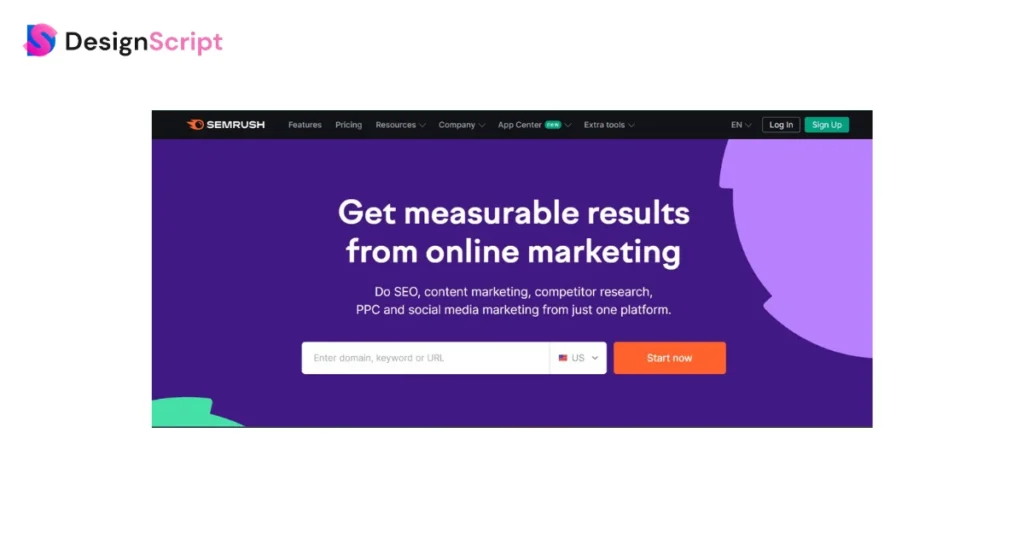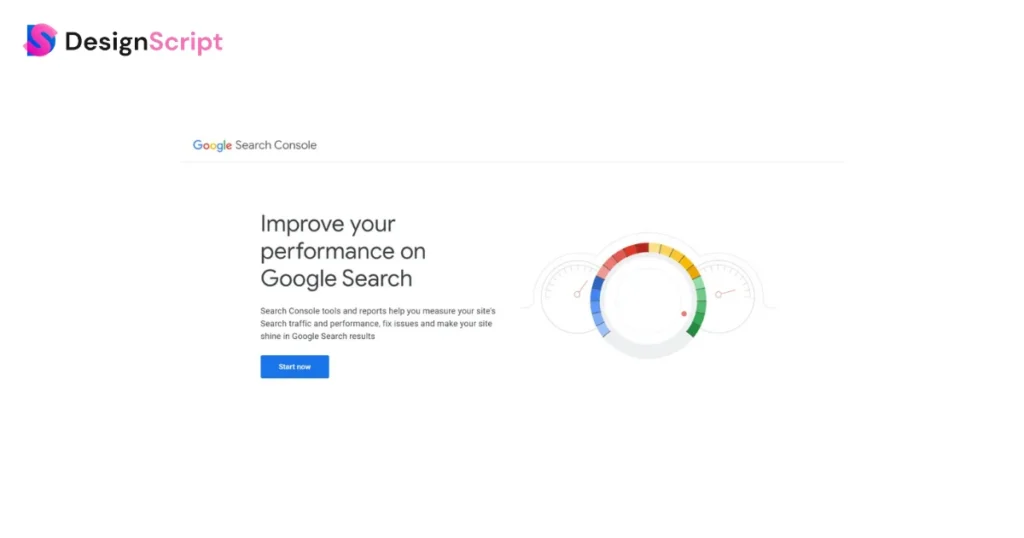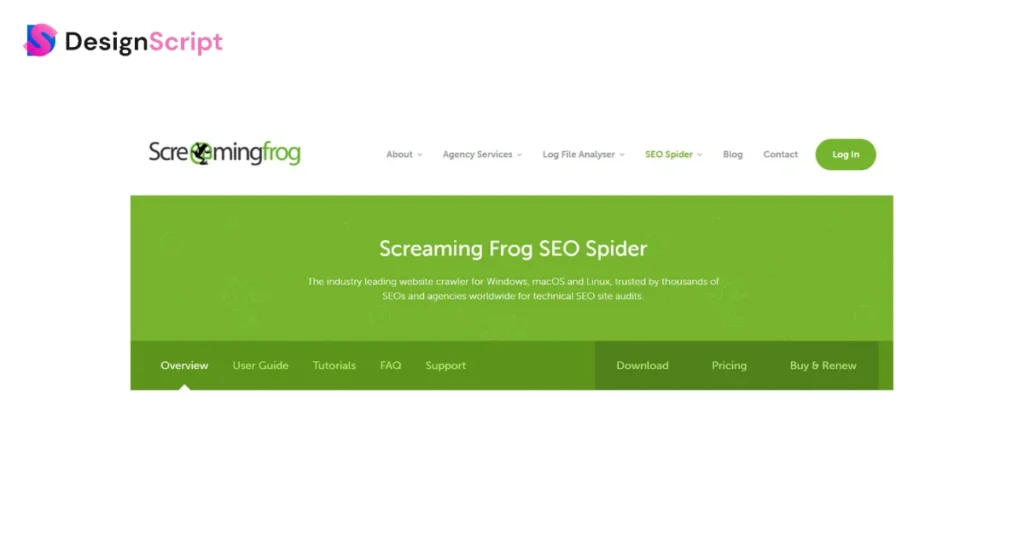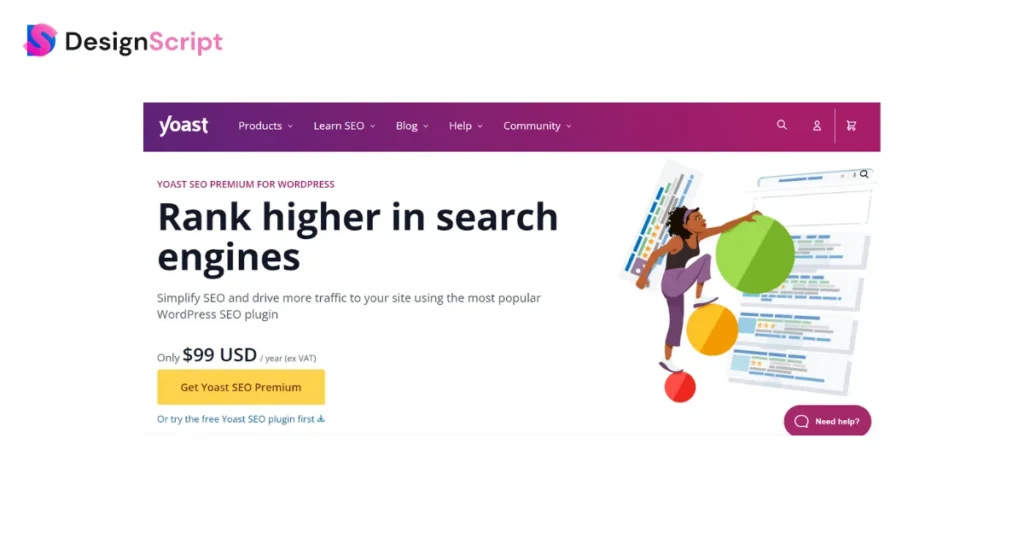How To Perform Content Audit For SaaS Effectively?
According to 53% of marketers, changing their content boosted interaction. Do you feel like your website content is a cobweb-filled attic full of forgotten treasures and outdated information?
You’re not alone. In the fast-paced world of SaaS, even the most well-intentioned content strategies can become cluttered and ineffective over time. But fear not! This blog post is your roadmap to a comprehensive content audit for SaaS, specifically designed to give your SaaS website a new lease of life and improve user engagement. We’ll guide you through every step, from defining your goals and gathering data to analyzing content performance and revamping your content strategy.
Get ready to transform your content from a liability to a powerful asset. Let’s dive in and unlock the full potential of your SaaS content audit!
Table of Content
What is a SaaS Content Audit?

Imagine your content as a vast library. Over time, some books become outdated, others gather dust, and valuable gems disappear. A SaaS content audit is like a thorough inventory check for your library. It’s a systematic process of evaluating all your existing content, from blog posts to landing pages, to assess its content performance, identify areas for improvement, and uncover new opportunities.
Think of it as a strategic pause to step back and analyze the bigger picture. By conducting a content audit, you obtain valuable insights into what’s working well, what needs tweaking, and what’s missing. This empowers you to make informed decisions about your content strategy, ensuring it aligns with your profession goals and resonates with your target audience.
Ultimately, a SaaS content audit is an investment in the future of your content, paving the way for a more effective and impactful strategy that drives engagement, conversions, and growth.
Who Conducts a SaaS Content Audit?

Anyone who has a stake in the success of the SaaS business can benefit from conducting a SaaS content audit. This includes:
- Content marketers: They are responsible for creating and managing the content, so they must understand what’s working and what’s not.
- Product marketers: They must ensure the content aligns with the product’s messaging and value proposition.
- Sales teams: They can use the content audit to identify content gaps that could hinder their sales efforts.
- Executives: They need to understand the ROI of the content marketing investment and make informed decisions about future content strategy.
Ultimately, anyone who wants to improve the performance of the SaaS content in the content audit process. Involving different teams from various departments can bring diverse perspectives and ensure the audit considers all aspects of the content’s impact.
Why Are Content Audits Important?

In the fast-paced world of SaaS, your content must constantly evolve to keep pace with your audience and industry trends.
Here’s why content audits are crucial for SaaS businesses:
- Uncover hidden gems: You might have valuable content that might not be performing better due to outdated information, poor SEO, or lack of promotion. An audit helps you identify and breathe new life into these hidden gems.
- Identify content gaps: Are there crucial topics your audience is searching for that you still need to address? A content audit reveals these gaps, allowing you to create targeted content that fills the void and attracts new leads.
- Boost SEO and organic traffic: By optimizing existing content and identifying keyword opportunities, you can enhance your search engine grade and attract more traffic organically.
- Enhance user experience: An audit helps ensure your content is clear, concise, and relevant to your audience’s needs. This leads to a better user experience, growth engagement, and higher conversions.
Regular content audits are essential for any SaaS business that wants to stay ahead of the curve and leverage the power of content marketing to achieve its goals.
How to Conduct a SaaS Content Audit?
A thorough review of your SaaS content examines your current content thoroughly. It helps you find ways to improve and refine your content plan for better results. Here’s a simple guide to conducting a strong SaaS content review. It targets the beginning phases.
1. Review Your Strategy & Set Your Goals & KPIs

Before diving into the audit, take a step back and reassess your overall content strategy. Reflect on your past goals: what did you hope to achieve with your content in the past? Did you meet those goals? This self-reflection helps you understand what worked and what didn’t. Now, define new goals for your content marketing efforts. Do you want to increase brand awareness, initiate leads, or improve customer engagement? Be specific and measurable with your goals. Finally, establish key performance indicators (KPIs) that align with your goals. These criteria will help you measure the success of your content and track progress over time. Common SaaS content KPIs include website traffic, conversion rates, social media engagement, and lead generation. Choose KPIs relevant to your specific goals and ensure they are measurable.
2. Consider What Types of Content You Have

Not all content is created equal. Make an inventory of the different types of content you have on your website and other platforms. This could include:
Blog posts: Are they informative, engaging, and optimized for search engines?
Landing pages: Do they effectively convert visitors into leads or customers?
Case studies: Do they showcase the value proposition of your product and roll with your target audience?
Ebooks and white papers: Are they valuable resources that provide in-depth insights and establish your thought leadership?
Videos and webinars: Are they engaging and informative, addressing the specific needs of your audience?
As you create your inventory, consider each content type’s effectiveness in achieving your goals. Are they fulfilling their intended purpose? Are they well-written and visually appealing?
3. Check Your Entire Content Inventory

Once you understand your content types, gather a complete list of all your content pieces and do it manually through your content management system (CMS), website, or content audit tools like Screaming Frog or SEMrush. Manual methods can be time-consuming, especially for large websites. Content audit tools can automate the process, saving you time and effort. However, they may require additional investment.
4. Create an Organized Report

Develop a system for organizing your content audit data. This could be a spreadsheet, CMS, or dedicated audit tool. Choose a system that is easy to access, update, and share with your team. Include columns for:
URL: Link to the specific content piece
Content type: Blog post, landing page, etc.
Title: Headline of the content piece
Publish date: Date the content was originally published
Author: Who created the content
Performance metrics: Traffic, engagement, conversions if applicable.
SEO factors: Keyword targeting, meta descriptions, etc.
Action: Update, refresh, remove, or keep as is.
A well-organized report allows you to easily analyze the data, identify trends, and make informed conclusions about your content strategy.
5. Review the Data

With your content inventory organized, it’s time to analyze the data and identify areas for improvement. Look for trends and patterns to answer key questions. Analyze metrics like website traffic, engagement likes, shares, comments, conversions, leads generated, and sales to identify high-performing content. This content likely resonates with your audience and aligns with your goals. Consider replicating its format or style for future content creation. By analyzing these trends, you can also uncover content gaps. Are there any topics your audience is searching for that you still need to address? This can inform your future content strategy and ensure you create resonating pieces.
Analyze the demographics of your audience who engage with specific content types. This can assist you in customizing your content plan for various types of users. It can enhance the content experience for each group.
Identify content with low traffic, engagement, and conversions. This content needs to be updated, relevant, and optimized. Consider updating, refreshing, or removing such pieces. Analyze your content coverage against your target audience’s needs and business goals. Are there any important topics or themes that need to be included?
6. Reassess Your Strategy

Based on your findings from the data analysis, revisit your initial goals and KPIs. Does your existing content strategy effectively align with your current objectives? If not, it’s time to make adjustments. Based on the analysis, are there any important topics missing from your content? Create new content to fill gaps, meeting audience needs and business goals. Analyze data on how well things are doing and decide what content to update, refresh, or get rid of and based on potential impact and effort required. High-performing content with minor problems may need only small adjustments. Low-performing or old content could require considerable changes or removal. Create a plan to make new, high-quality content based on the changes you made and the gaps you found. This plan must address your target audience’s needs and support business goals. Fill any content gaps found during the audit.
7. Find Posts That Require Updation

Once you’ve identified the content that needs updating, prioritize the pieces based on their potential impact and effort required. Here are some factors to consider: Is the content underperforming in terms of traffic, engagement, or conversions? Prioritize updating content with significant underperformance as it has the potential for greater improvement. Is the content outdated or no longer relevant to your target audience or business goals? Outdated content can negatively impact user experience and brand perception. Prioritize updating content that is significantly irrelevant. The content optimized for better search engine ranking? Content with good potential for higher ranking through optimization can be focused on for updates. How much time and resources will it take to update the content? Consider the complexity of the update and available resources. Prioritize updates that require minimal effort to maximize efficiency.
By focusing on the content with the highest potential impact and requiring the least effort, you can ensure your content audit efforts yield the most significant results. Remember, a content audit is a continuous process. Regularly revisiting and updating your content ensures it remains relevant and engaging and drives tangible results for your SaaS business.
Which Tools Are Needed for a SaaS SEO Audit?
Conducting a comprehensive SEO audit is crucial for any SaaS company looking to improve its search engine visibility and organic traffic. The right tools can streamline the process, provide valuable insights, and help you identify areas for enhancement. Here are some essential tools for your SaaS SEO audit:
1. Ahrefs

Ahrefs offers competitor, backlink, and keyword analysis and it’s a powerful SEO toolkit. Ahrefs has great tools for finding good keywords easily where you can see how popular and hard they are, as well as any content gaps. Analyze the backlinks, top-ranked sites, and organic traffic sources of your competitors. This helps gather important details on their SEO tactics and use Ahrefs to discover backlink opportunities, analyze your profile, and find broken links.
2. SEMrush

SEMrush is a well-liked tool for SEO. It helps with finding keywords, studying competitors, optimizing pages, and auditing technical SEO. SEMrush provides tools for finding keywords like Ahrefs does. You can find keywords, check how popular and hard they are, and follow their rankings. Analyze competitors’ organic traffic sources, top keywords, and paid ad campaigns for insights. SEMrush offers on-page SEO auditing tools. Identify technical issues and optimize content. Ensure proper structure for search engines.
3. Google Search Console

Google Search Console is a free tool directly from Google that provides precious insights into your website’s performance in search results. Analyze your website’s traffic, clicks, impressions, and average ranking for specific keywords. Google Search Console alerts you to potential technical SEO issues like crawl errors, mobile usability problems, and structured data errors. Make sure your website is properly indexed by Google and submit updated sitemaps to reflect any changes you make to your website.
4. Screaming Frog

Screaming Frog is a tool for SEO on your computer and it looks at things on your site that affect SEO. Screaming Frog helps find broken links on your site and this can hurt your SEO and user experience. Optimize meta descriptions and title tags for search engines and user engagement. Check length and quality. Screaming Frog can find duplicated content on your site. This can harm how well your site shows up in search results.
5. Yoast

Yoast is a popular WordPress plugin that delivers on-page SEO optimization guidance for individual pages and posts. Yoast offers suggestions for improving the length, clarity, and keyword targeting of your title tags and meta descriptions. Yoast provides feedback on the readability score of your content and suggests improvements for clarity and structure. Yoast recommends relevant internal linking opportunities to improve website navigation and user experience.
6. Grammarly

Grammarly is a grammar and plagiarism checker that helps ensure your content is free of errors and typos. Grammarly identifies and corrects your content’s grammatical errors, typos, and punctuation mistakes. Grammarly makes suggestions for better sentence construction and word choice to improve the clarity and concision of your text.
7. QueText

Quetext is a plagiarism checker that helps ensure your content is original and avoids copyright infringement. Quetext scans your content against a vast online source database to identify potential plagiarism issues. Quetext suggests alternative phrasing and sentence structures to help you rewrite content ethically and avoid plagiarism.
Remember, the best toolset for your SaaS SEO audit depends on your specific needs and budget. Consider starting with free tools like Google Search Console and Screaming Frog, and then explore paid options like Ahrefs and SEMrush for more advanced features and functionalities.
Perform Content Audit For SaaS Effectively
Thoroughly review your SaaS content to improve your strategy and achieve good results. Gain insights into your content’s success by following this guide’s steps. It’s important. Discover areas for development. Create a plan for high-quality content production to connect with the target audience and achieve business goals.
A content audit for SaaS is not a one-time event. Regularly revisiting and updating your content ensures it remains relevant and engaging and drives sustainable success for your SaaS business.
In addition to the steps listed, you should explore suggested SEO tools. They can help you better your audit process and learn more about SEO on your site. You can mix planning, analysis, and content work to make your SaaS content stronger. It helps your growth and meets business goals.
FAQs
Content audits help identify high-performing content, outdated pieces, and content gaps. This allows you to optimize existing content, create new content, and ensure your content strategy aligns with your goals.
It’s recommended to conduct content audits at least once a year or more frequently if your content strategy or industry landscape changes rapidly.
Ensure your SaaS SEO audit checklist includes technical SEO, on-page SEO, content quality. Cover off-page SEO (backlinks) and user experience too. Website analysis is important for your SaaS. Check how well it crawls, its mobile-friendliness, keywords, content, and backlinks.

